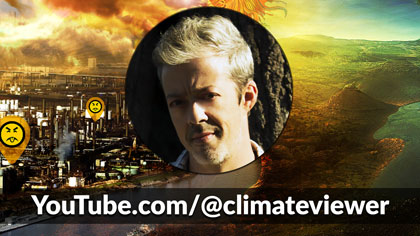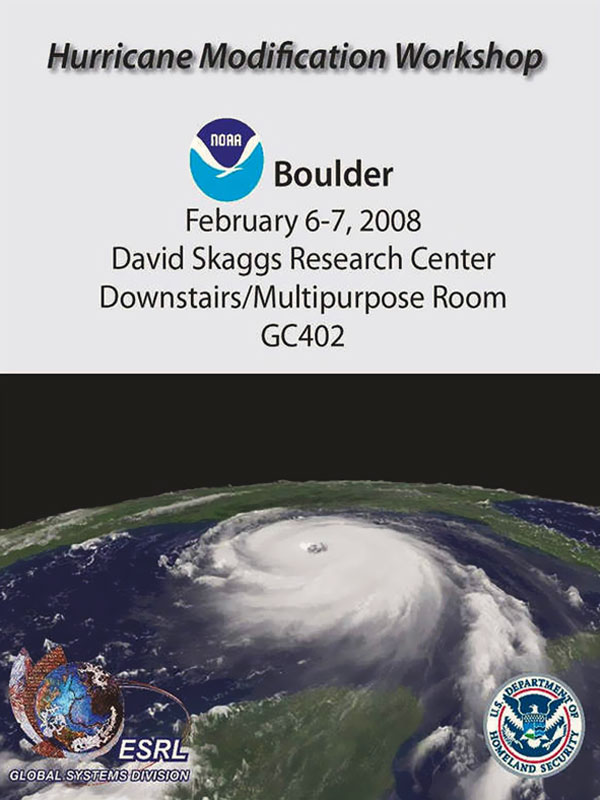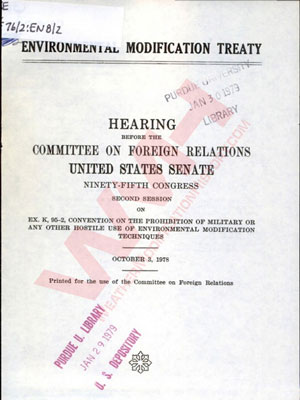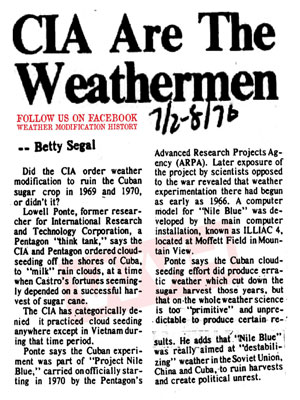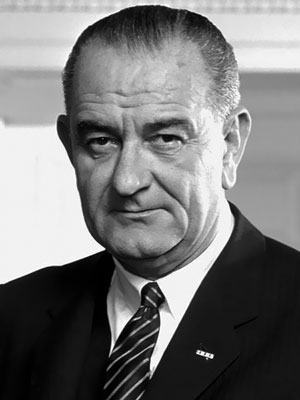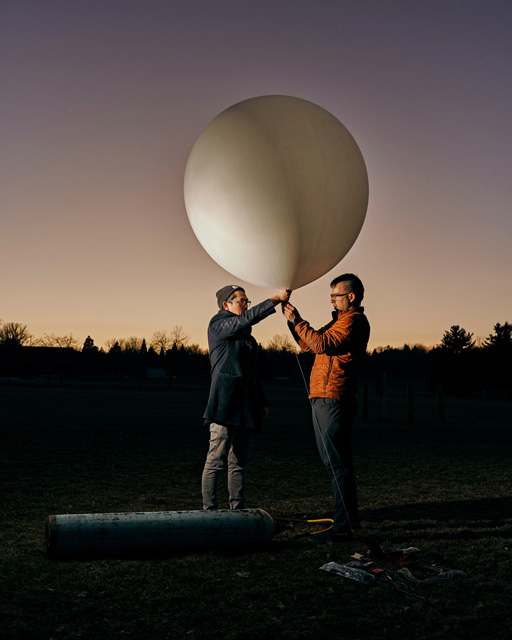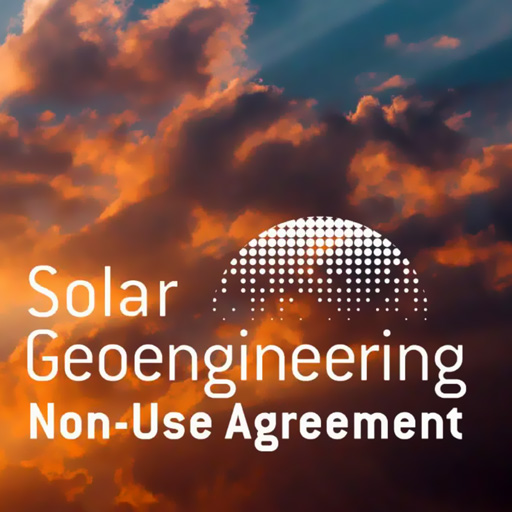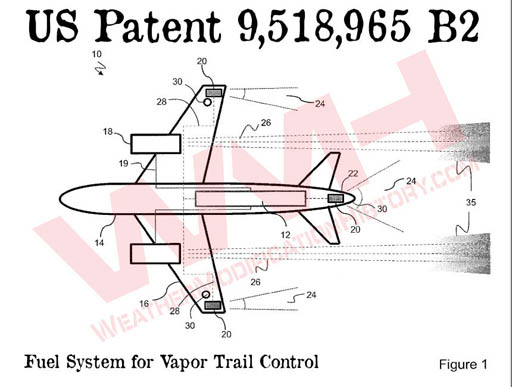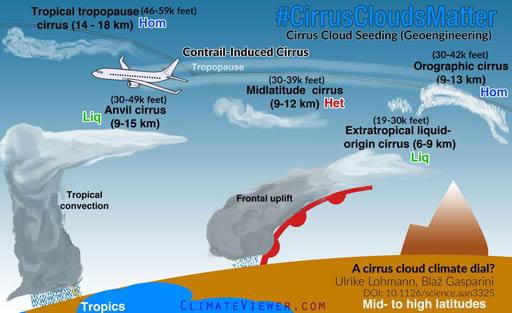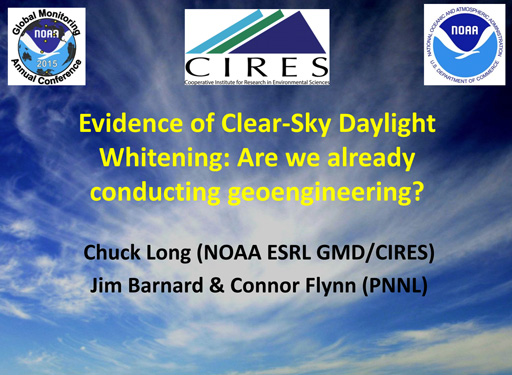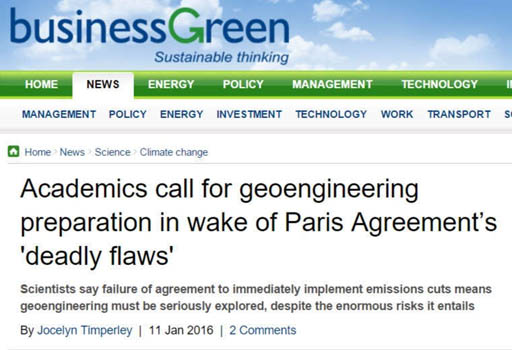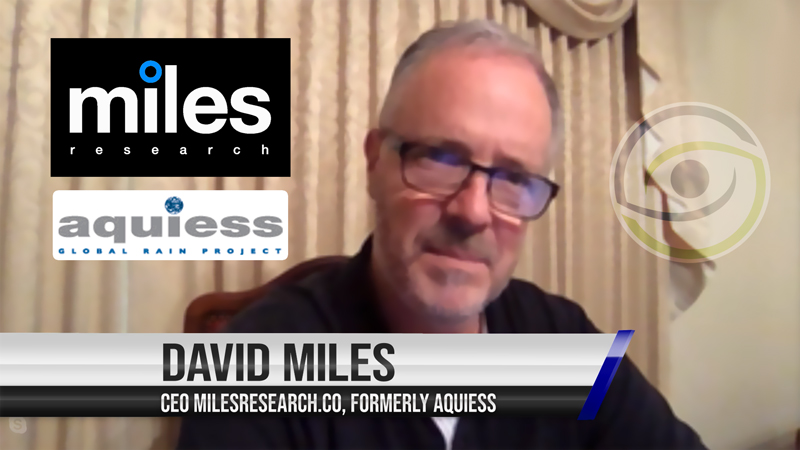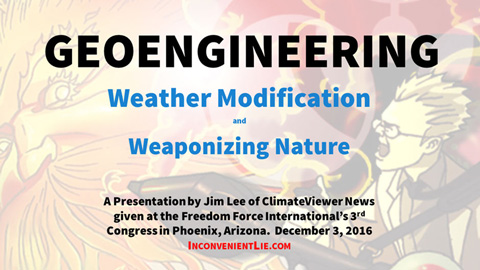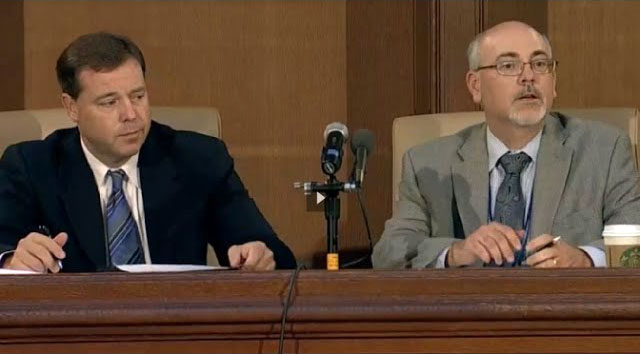
This piece arises from Future Tense, a collaboration among Arizona State University, the New America Foundation, and Slate. A Future Tense conference on geoengineering will be held at the New America Foundation on Monday, Sept. 27. (For more information, please visit the NAF Web site.) Read more of Slate’s special issue on geoengineering.
Feed one set of assumptions into a climate model, and filling the Earth’s upper atmosphere with levitating nano-particles seems like a reasonable way to rein in the worst effects of climate change. Feed in other assumptions, and the Asian and African monsoons falter, wiping out food and water security for 2 billion people. Of course, if climate change continues unfettered, the monsoon, increasingly chaotic, may tip into havoc, anyway—in Bangladesh, India, and other places that are especially vulnerable to both climate change and the risks of geoengineering gone wrong.
Calculations like these have led an increasingly vocal group of scientists and policymakers from wealthy nations to conclude that since geoengineering the climate may at some point be necessary, we should start tinkering now. The risks of geoengineering are outweighed by the risks of doing nothing at all, they argue, especially in a world with no climate treaty and the looming possibility of runaway global warming.
Yet those who have the most to lose in either case haven’t had much of a say so far. Countries across the developing-world spectrum—from small island states, some of which are already drowning, to India and China, whose huge populations depend on existing weather patterns—should be able to agree on one point, and soon: Geoengineering must not go forward without a formal way to protect nations from—and compensate them for—its potentially catastrophic results.
Happily, a serviceable (though dated) framework for policing climate intervention exists—and its name is ENMOD. The Convention on the Prohibition of Military or Any Other Hostile Use of Environmental Modification Techniques might be better thought of as the Bond Villain Treaty. It deals with “deliberate manipulation” of “the dynamics, composition or structure of the Earth, including its biota, lithosphere, hydrosphere and atmosphere, or of outer space.” Each of its signatories agrees not to “engage in military or … other hostile environmental modification” with “widespread, long-lasting, or severe” consequences. The United States and 74 other countries consider ENMOD “legally binding”—the magic words that have proven so elusive in the climate negotiations. (China has yet to join.)
In the 32 years ENMOD has been around, it’s never been used. Cases in which legal scholars think the treaty could have been invoked but wasn’t read like the Book of Job channeled by Thomas Pynchon: In 1998, the Mexican army targeted that well-known insurgent, the Mediterranean fruit fly, for “phytosanitary” reasons; Zapatistas alleged that the army was trying to wipe out the rebels’ food crops. Also in the 1990s, the United States’ spookily named HAARP program created giant antennae that beam powerful frequencies into the ionosphere. Russia alleges that these can induce not just region-wide headaches and psychological distress but rupture oil and natural gas pipelines. ENMOD, however, stayed silent on these—and all other—occasions.
Still, the group’s power, at least in theory, is considerable. In a detailed study, legal experts Susana Pimiento Chamorro and Edward Hammond point to the “remarkably simple and direct” language with which ENMOD commands its fact-finding committee to take complaints straight to the U.N.’s most powerful agency, the Security Council—which has lately shown signs of leaving its war footing and warming up to climate as a security-related concern.
Unfortunately, ENMOD is, at present, stuck in the Cold War. Created in 1978, largely in response to U.S. cloud-seeding efforts intended to worsen the Vietnamese monsoon, ENMOD’s military orientation is clear. But ENMOD is positively chirpy about “peaceful” environmental modification. So geoengineering, which is being sold as an altruistic research program, wouldn’t fit the bill unless someone could prove hostile intent. One worry, of course, is that climate change might provide convenient cover for one country to wreck another’s economy with subtly directed geoengineering. ENMOD—if awakened—would cover those sorts of transgressions already. But the treaty-makers need to learn two post-Cold War lessons: Overt hostility is not the only cause of environmental disaster, and even those with good intentions should clean up after themselves.
Modify the treaty’s “peaceful purposes” language to hold geoengineers or their funders responsible for any damage they might do, and ENMOD’s chirp starts to sound more attuned to the dangers of our time. A beefed-up version of the treaty would offer developing countries enough protection against geoengineering gone wrong that they could begin the key conversation—whether their shared values would permit geoengineering at all. But many challenges would remain. For example, geoengineers in search of grants could make a strong case that the new ENMOD would amount to a blanket ban on their work, since no one would want to accept financial liability for stopping the monsoon. Even if someone did agree to foot the bill, it would be hard to collect fines, no matter how bad the calamity. Observing and explaining large-scale climate trends is possible, but specific attribution—showing that a certain drought in China was caused, even in part, by sun-dimming sulfates peacefully lofted from Qatar—is vanishingly difficult.
There is room for creativity here. An updated version of ENMOD could require anyone funding a geoengineering project to post an environmental assurance bond (PDF) big enough to pay for a reasonable-worst-case catastrophe.
("Sulfate dust blows up the planet" wouldn't count, but stopping the monsoon might.) The people issuing and applying for the bonds might well have unique insights about potential risks, and if they were forced to have skin in the game, they could feel some pressure to use them.Policy wonks, of course, would want a treaty with much more: a decision-making process that could bridge the gap between rich and poor nations; a firm, yet fair, distinction between research and deployment; mandatory implementation of yet-to-be-designed domestic laws that take high-impact geoengineering out of the private sector; seats on a black-tie cruise with Bill Gates to survey the results of his cloud-brightening experiments; an ENMOD Squad that roamed the world investigating geoengineering projects; and a live band playing soothing remixes of the 007 theme at all treaty-related meetings.
But updating ENMOD’s “peaceful purposes” language to require geoengineers to have skin in the game is the core principle. When scientists, businesses, or countries aren’t put on the hook for the bad outcomes of their actions, the injustices that result may never get sorted out—because the responsibility wasn’t clear in advance. An environmental assurance bond would help make it clear. This time, the stakes are very high. No one, especially in the developing world, should give the geoengineering community a pass based merely on its good intentions, with which the road to a dim and dusty planetary hell might be paved.
Of course, since even an ideal ENMOD probably wouldn’t extend to coal plants and automobile exhaust pipes, it would, in a sense, be unfair to geoengineers. The unintentional climate-hackers who are warming the planet—all of us, though some of us more than others—wouldn’t be held responsible for the damage that we’re doing, but intentional geoengineers would be held responsible for any problems caused by their attempts to correct it. Still, some responsibility is better than none.
Source: http://www.slate.com/articles/technology/future_tense/2010/09/enmod_squad.single.html
Bidisha Banerjee is the San Francisco-based co-author of a forthcoming Yale Climate and Energy Institute/Centre for International Governance Innovation report on scenario planning for solar radiation management. She is collaborating on a geoengineering game and has written about geoengineering governance for Slate and the Stanford Journal of Law, Science, and Policy.
Contact your representatives and tell them to expose the secret world of climate engineering.





